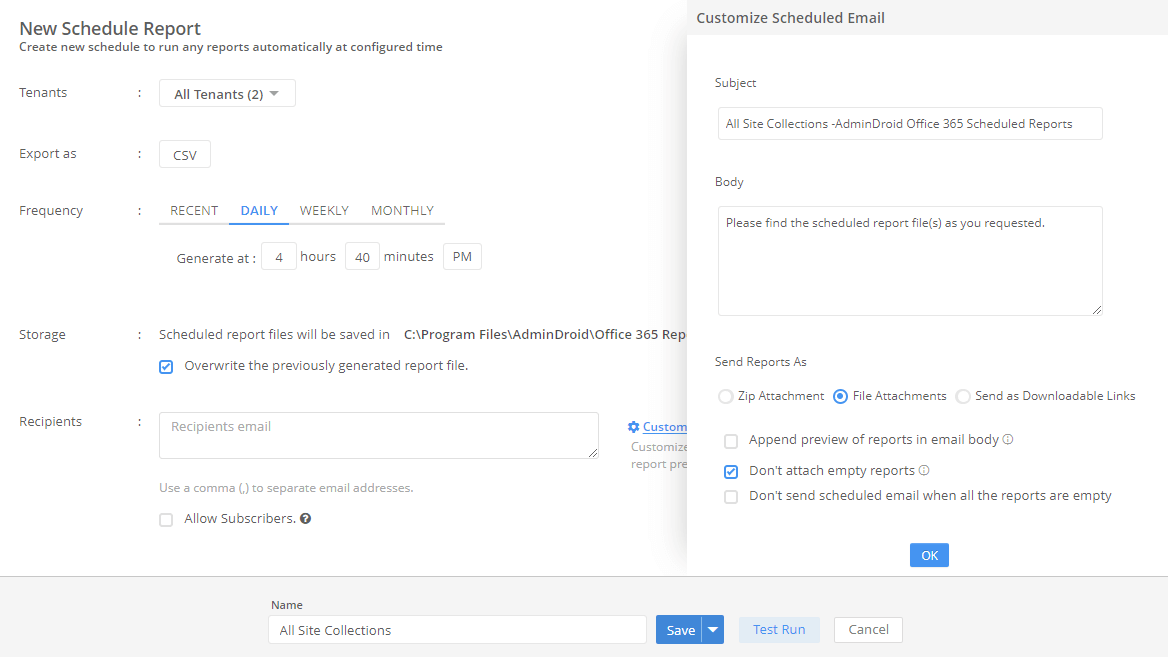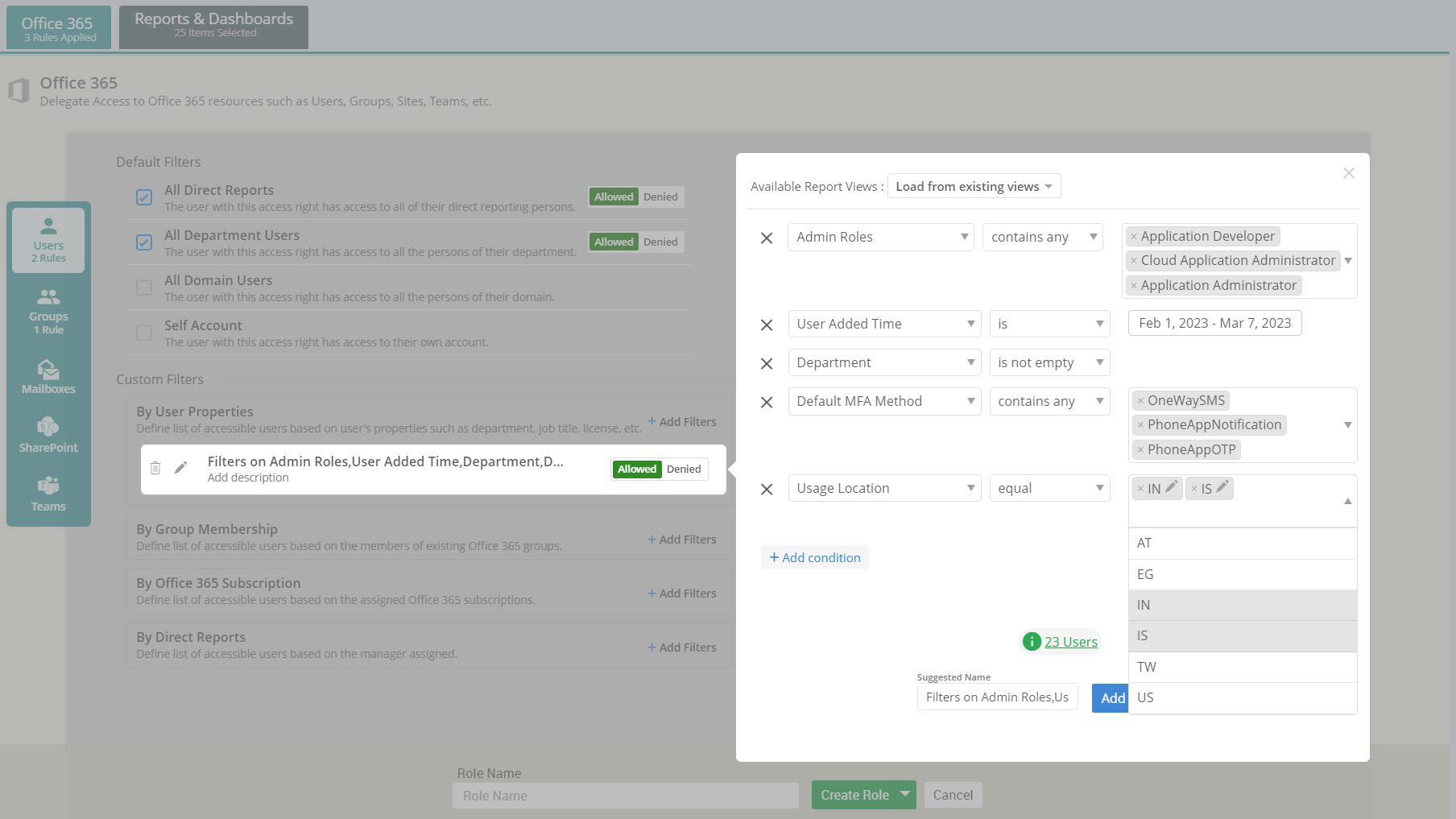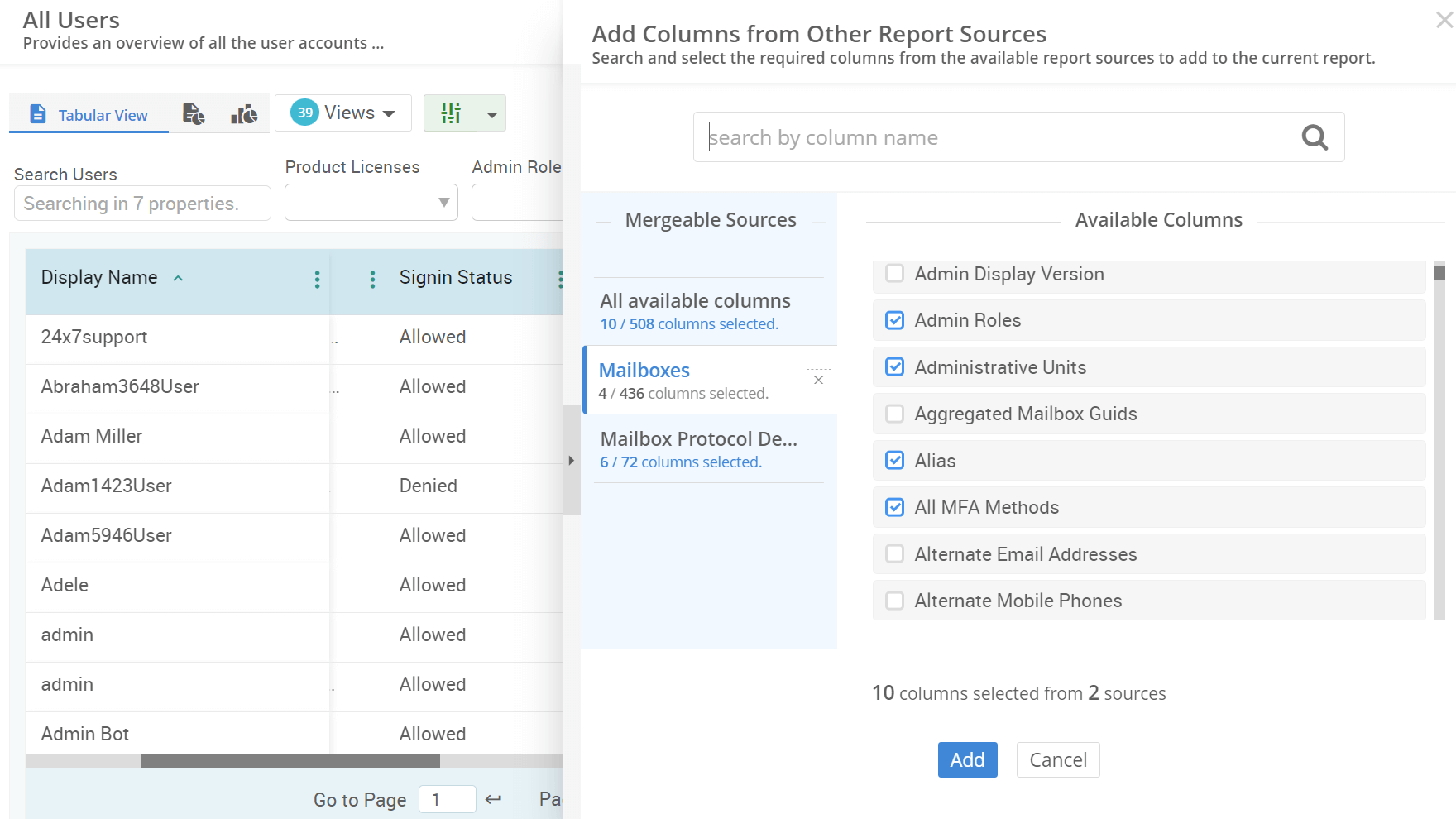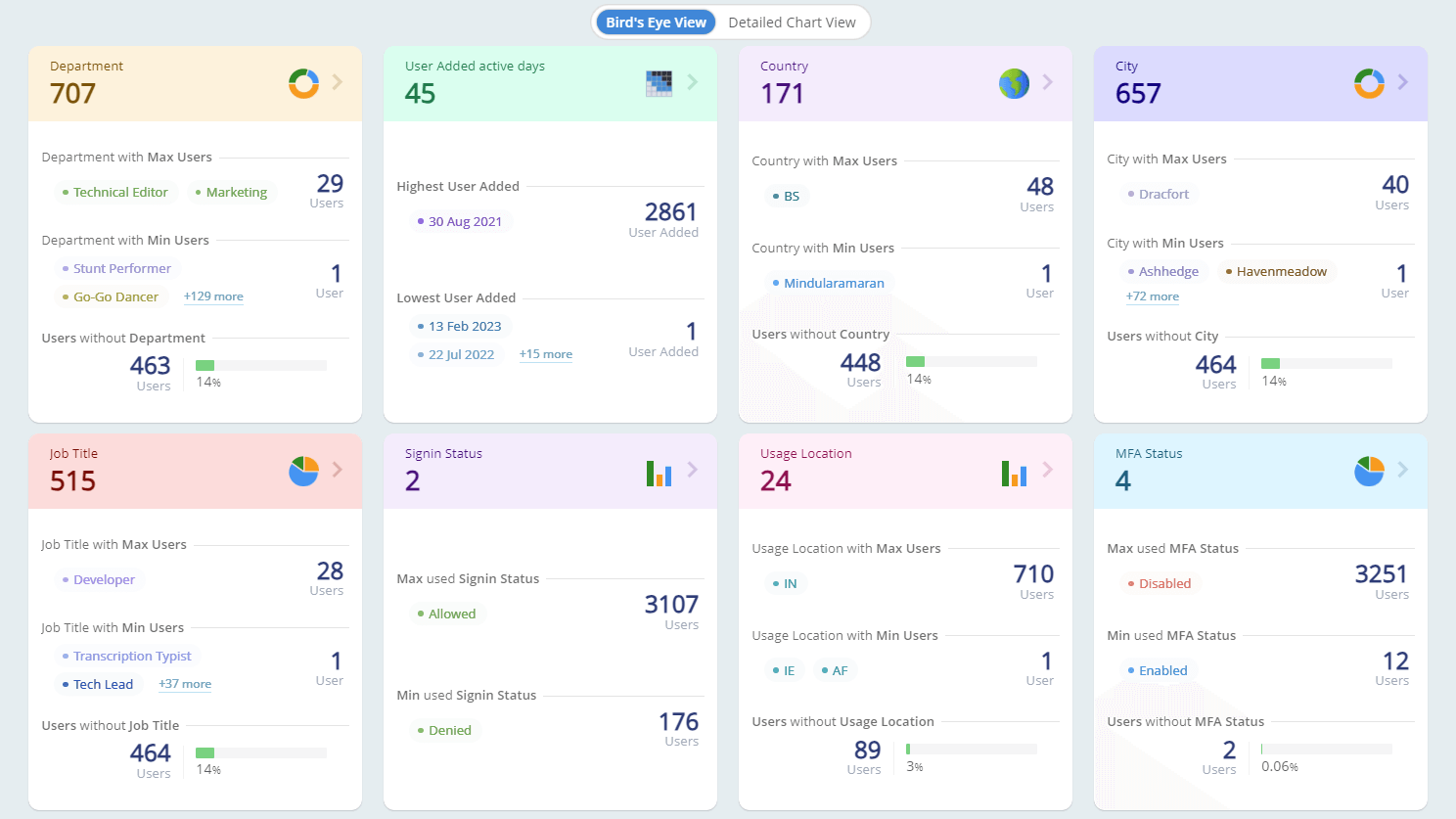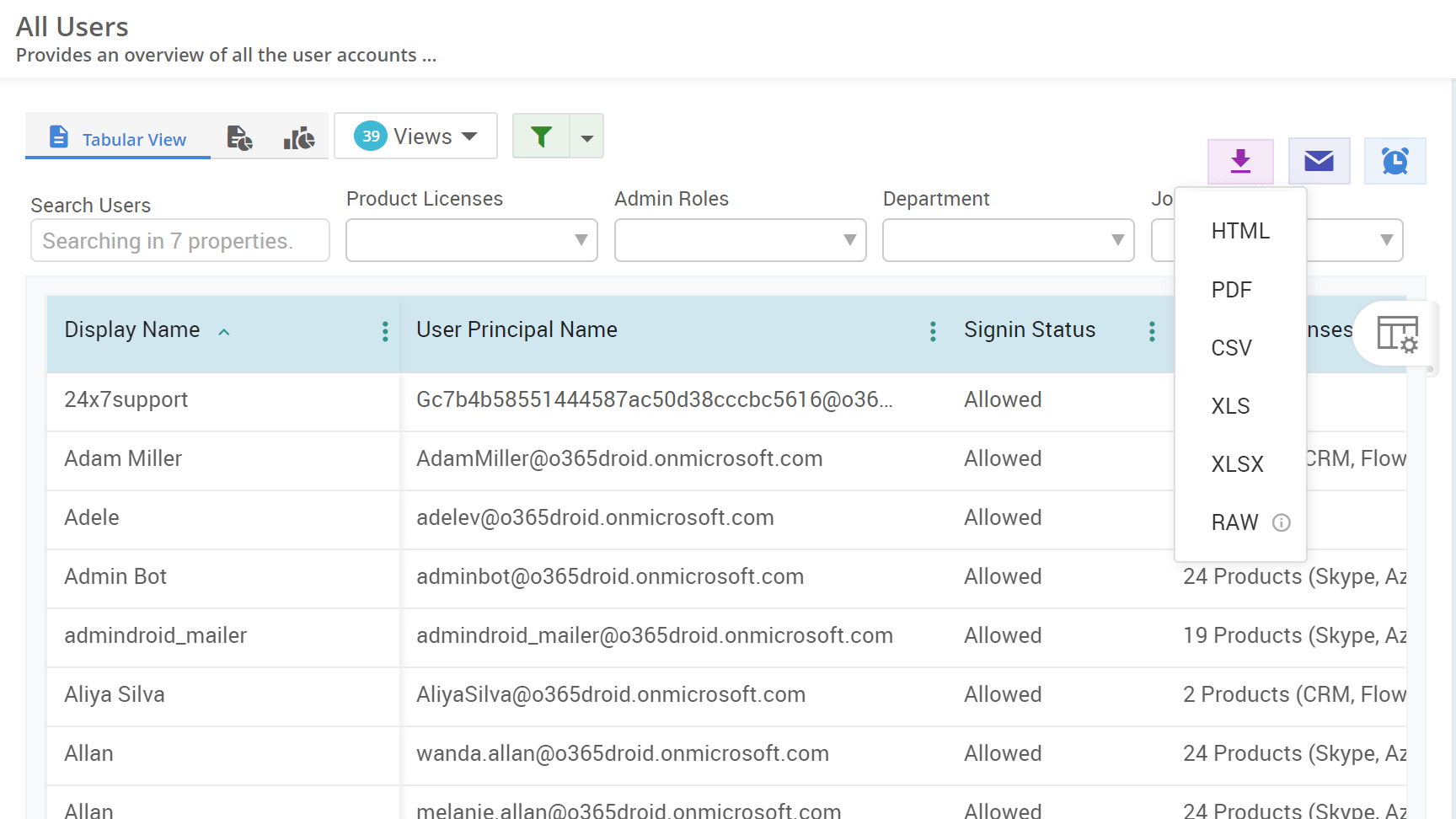External users are added to Microsoft 365 groups for collaboration on projects with clients, vendors, etc. Once added, they have access to relevant group resources like documents, calendars, etc. However, external access should be removed when their project involvement ends to ensure data security and control.
To add external users to a M365 group, you can use either Microsoft 365 admin center or PowerShell.
Using Microsoft 365 admin center:- Login to the Microsoft 365 admin center.
- Navigate to the Teams & groups»Active teams & groups»Teams & Microsoft 365 groups.
- Select the group to which you wish to add external members.
- In the Membership tab, navigate to the 'Members' and select the Add members option.
- Choose the desired guest and save the changes.
Going through each step to add external users in the Microsoft 365 admin center may feel time-consuming. However, using PowerShell you can streamline this process by executing a single cmdlet.
- Connect to the Exchange Online PowerShell using the below cmdlet.
- To add an external user to a Microsoft 365 group, execute the cmdlet below.
Add-UnifiedGroupLinks -Identity "<GroupName>" -LinkType Members -Links <ExternalUserAddress>
In the above cmdlet, replace '<GroupName>' with the desired group name, and '<ExternalUserAddress>' with the external user's UPN before execution.
If you find any suspicious or inactive external users, follow the below steps to remove their group memberships. You can use either Microsoft 365 admin center or PowerShell to revoke their membership.
Using Microsoft 365 admin center:- Login to the Microsoft 365 admin center.
- Navigate to the Teams & groups»Active teams & groups.
- Select the target group under Teams & Microsoft 365 groups and move to the 'Membership' tab. Select the external user you want to remove.
- Subsequently, choose the Remove as Member option and confirm it by selecting ‘Remove’ in the pop-up dialog.
- Connect to the Exchange Online PowerShell using the below cmdlet.
- To remove an external user from a Microsoft 365 group, use the cmdlet below.
Remove-UnifiedGroupLinks -Identity "<GroupName>" -LinkType Members -Links <ExternalUserAddress>
Replace '<GroupName>' with the respective Microsoft 365 group name, and '<ExternalUserAddress>' with the user principal name of the external user before execution.
Since the guest users’ memberships can change over time, it is essential to monitor these changes regularly. The External Membership Changes in Groups report in AdminDroid efficiently facilitates this task.
- It allows you to track and manage external membership modifications in groups, including details such as the operations, target group, status (success or failure), etc.
Tip: Enable report delivery via email using our integrated email feature. This will deliver the report directly to your inbox in your preferred format, including file attachment, downloadable link, or compressed archive (ZIP).










